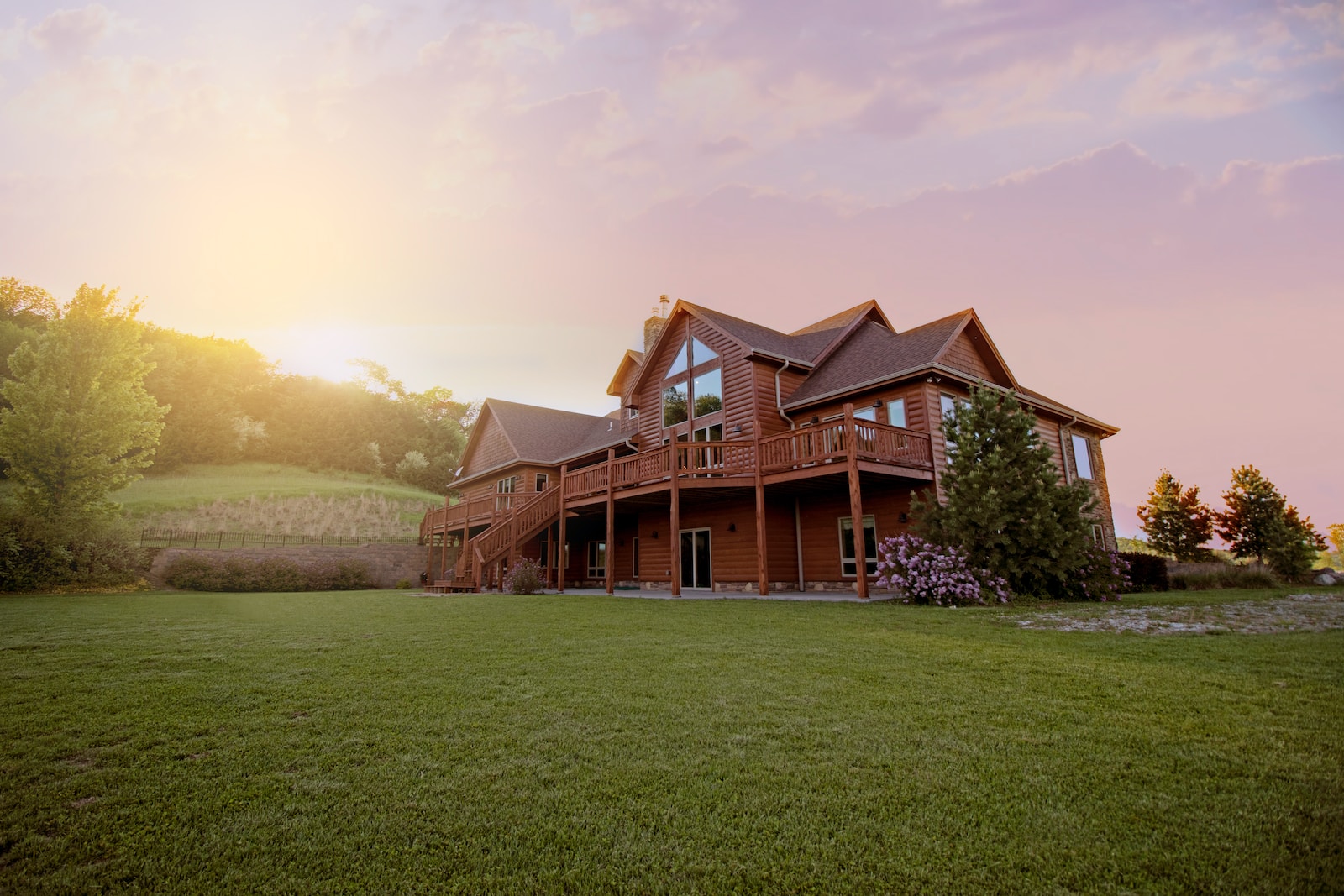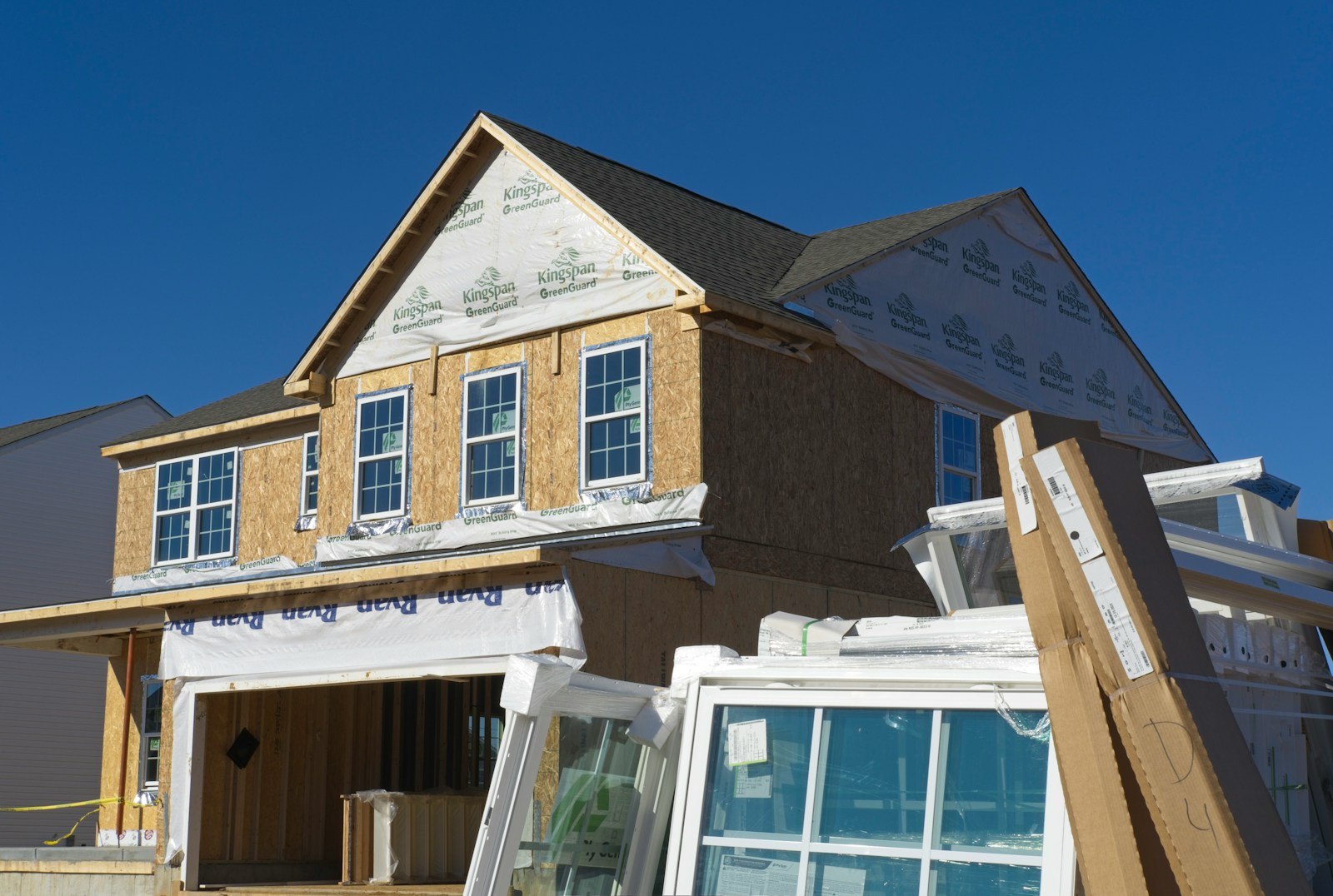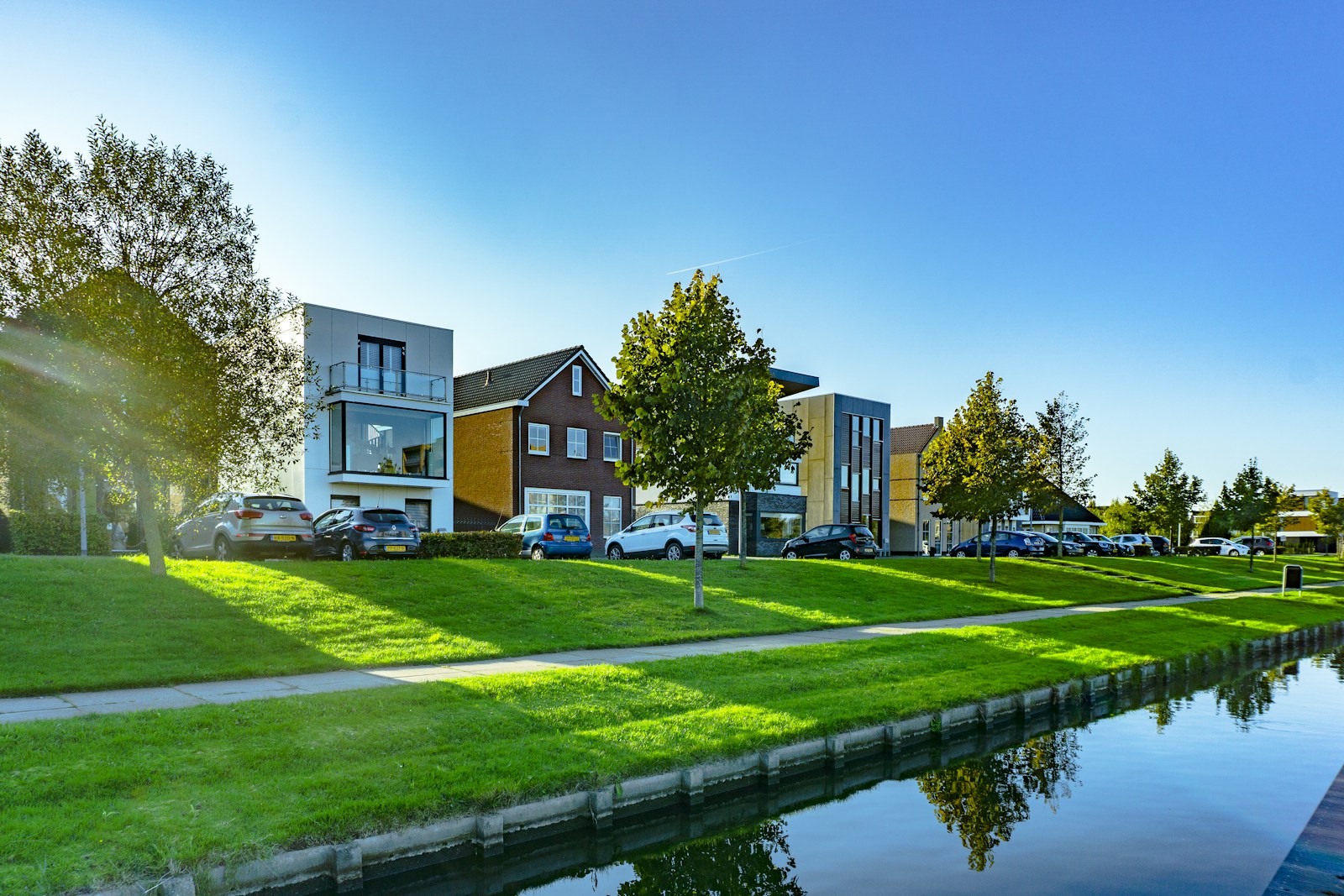Stepping into the world of property investment can be daunting, especially if you’re a beginner. You’re probably wondering where to start, what to look for, or how to make the right choice. But don’t worry, it’s not as complex as it seems. With the right guidance, property investment can be a breeze. It’s all about understanding the market, knowing your budget, and making informed decisions. This piece will provide you with easy tips to navigate the property investment terrain, even if you’re just starting out. So, ready to kickstart your journey into property investment? Let’s get started with these easy tips that’ll help you become a savvy property investor in no time.
Understanding the Property Market
As an aspiring property investor, it’s crucial for you to grasp the intricacies of the property market. This understanding is not just about knowing the latest property trends or identifying the hottest spots for real estate investment. It’s about being able to predict market dynamics, assess potential risks, and determine the best time to invest.
Your journey into the property market should start with meticulous research. Utilize online resources, attend seminars, and engage with industry professionals. This way, you’ll hone your knowledge and stay updated with the ever-evolving market trends.
Other crucial aspects to consider include:
- Market Demand: Look at the current demand in your target areas. High demand equates to less time properties sit vacant, affecting your rental income.
- Location: It’s the age-old adage in real estate – location, location, location. Proximity to amenities like schools, healthcare centers, and transport hubs makes a property more appealing.
- Growth Trends: Research the past and present growth trends in your chosen area. A consistent and gradual growth rate is usually a good signal.
Markets fluctuate and property investment isn’t always a smooth ride. Flexibility is key. Be prepared to adapt your strategies based on market changes and always stay informed to make sound investment decisions. Become poised to take advantage of opportunities when the market downturns or stabilizes; it’s about playing the long game, not seeking instant gratification.
Build a Network with Industry Professionals
One golden nugget of advice is to build a robust network with real estate industry professionals. These connections can feed you valuable insights, alert you to hidden investment opportunities, and offer guidance on pivotal decisions. With a strong network, you can navigate the property market more effectively, leveraging your associates’ expertise and knowledge.
Remember, as with any venture, there will be challenges. Yet, armed with a sound understanding of the property market and a thirst for knowledge, you’re taking strong steps towards savvy property investment.
Setting Your Budget
Navigating through the property market demands keen financial management. One vital step is Setting Your Budget. Your property investment journey should begin with a firm understanding of your financial capacity and a well-defined budget. This financial blueprint not only guides your property selections, it globalizes your options framing your search toward properties that promise positive returns on your investment.
To shape your budget smartly, consider all possible expenses. Property investment is more than a down payment and monthly mortgage. It includes maintenance costs, property taxes, insurance, and — in some cases — homeowner association fees. Underestimating these figures could lead to unexpected financial burdens.
When you’ve got a grasp of the full investment costs, analyse your current financial situation. Check your liquid assets, your income stability, and your capacity for managing risks. It’s equally important that you look at your long-term financial goals. After all, property investment is a sizable and long-term commitment.
Here’s a simplified example of how you can break down your costs. Suppose you find a property worth $200,000, and you’re ready to pay a 20% down payment. | Expense | Amount ($) |
| — | —: |
| Property Price | 200,000 |
| Down Payment (20%) | 40,000 |
| Remaining Mortgage Required |160,000 |
| Property Tax (1.2% yearly) | 2,400 |
| Homeowner Insurance (annual average) | 1,200 |
| Total One-time cost (down payment + closing costs) | 43,600 | | Annual Cost (Mortgage + Property tax + Insurance)| 19,600 |
From this table, you’d understand that the total investment is much more than your down payment. After setting your budget, it might seem like you’ve earned a breather, yet what follows is equally important: sticking to the budget. The lure of more luxurious properties could be tempting. But remember, stretching your budget thin could lead you to financial instability, affecting not just your property investment but your overall life. Flexibility is important but do not compromise your financial health for impulsive property purchases.
Finally, bear in mind: budgeting isn’t just a single session task; it’s a phase of constant refining and updating based on your financial health and market changes. The naturality and fluidity of the market require a similar approach to your budget. Don’t be rigid, be fluid yet firm.
Researching the Right Location
Since you’ve already established your budget and laid out your financial plans, let’s tackle that next crucial step – identifying the right location. Now, location is pivotal when it comes to property investment. You might wonder why. It’s because location determines both the property’s current value and its potential for growth in the future.
When you’re browsing for areas to invest in, look for thriving communities. You must check if the area has a healthy local economy. That includes jobs availability, future development projects, and a steady population growth rate. By investing in a developing region, you’re increasing your chances of future profits. Key Factors to Consider When Choosing a Location:
- Local economy strength
- Future development plans
- Population growth rate
Admittedly, reliable information about these factors might not be easy to come by. Yet, it’s important to carry out exhaustive research to get a comprehensive picture before taking that leap. Another crucial aspect to watch out for is the neighborhood. A decent neighborhood often implies a high-quality education system, availability of recreational facilities, and low crime rates. These are all vital selling points if your plan is to rent or resell the property in the future.
Let’s look at an important but often overlooked factor – the property taxes in the area. Areas with higher property taxes are usually not the best for investment properties. Even though they are often associated with better living conditions, the high taxes could dissuade potential tenants or buyers, reducing your property’s competitiveness.
School reviews and ratings, crime statistics, and property value trends are also critical factors to consider. Online platforms offer a wealth of these resources at your fingertips. It’s crucial not to rush this research step. Allocate enough time to gather and analyze all necessary information before taking your next step. Keep refining your choice as you learn more about different areas and what they have to offer.
Where should you invest? It’s a question requiring careful thought and thorough research. But as you do the legwork and invest time in solid research, your efforts will most definitely pay off. With every detail you uncover, you’ll become more and more confident in your property investment decisions.
Choosing the Right Property Type
Once you’ve honed in on the right location, it’s time to take the next step – selecting the ideal property type. Now, this choice is highly dependent on your individual preferences and your broader investment strategy. Are you looking to invest in residential or commercial real estate? Million-dollar questions like these need to be answered.
Should you go for a single-family home, a townhouse, a condo, or a multi-family home? Each type has its own benefits and potential drawbacks. For instance, single-family homes may have a significant demand due to plenty of families looking to grow in a comfortable private space. On the other hand, if you’re keen on getting steady rental income, a multi-family home might make more sense.
When it comes to commercial real estate, you have a wide range of options such as office buildings, retail stores, warehouses, or industrial buildings. It’s critical to know that commercial properties may yield a firmer income stream, but they also require a higher initial investment. | Property Type | Ideal for |
|—————|——————————————-|
| Single-Family | Those seeking long-term residential growth |
| Multi-Family | Investors seeking regular rental income |
| Commercial | Investors with larger initial investments |
So, how do you determine the right property type for you? First off, consider your budget constraints. Next, look at the demand trends in the location you’ve chosen. But it’s not just about what’s trending. Think about your long-term plans too. Also, research about the potential costs associated with each property type: maintenance, insurance, property taxes, and more. It’s worthwhile noting that it may sometimes prove beneficial to diversify your portfolio with different property types. A good blend across residential and commercial properties allows you not only to spread your risks but also to profit from the unique advantages of each variety. So, keep these insights in your pocket while selecting the right property type for your investment. With a strategic approach and sound decision-making, you’ll be set up for property investment success.
Evaluating the Potential Returns
After picking out a perfect location and selecting the ideal property type, your next crucial step is assessing the potential returns. Returns refer to the profit you’re likely to earn from your investment over time. Calculating the possible returns empowers you to forecast if your investment is worthwhile or not.
A practical way to assess potential returns is to use a key real estate investment metric – the Net Rental Yield. To compute it, subtract your annual expenses from your yearly rental income and divide the result by the property’s purchase price. Keep in mind that this is a rudimentary estimation and your actual yield may fluctuate due to variables such as vacancies and property management fees. Calculations can look like this:
- Rental Income: $20,000 per year
- Expenses: $5,000 per year
- Purchase Price: $150,000
Net Rental Yield = (Rental Income - Expenses) / Purchase Price
Net Rental Yield = ($20,000 - $5,000) / $150,000 = 0.1 or 10%
This straightforward calculation allows you to compare your property’s profitability with other investment options. A net rental yield of at least 7% is generally considered favorable for property investments.
However, potential returns don’t solely come from rental income. You also need to consider the potential for capital growth. This is the increase in property value over time, depending on demand and supply trends in your chosen location. Real estate markets have cycles, but in the long run, properties often appreciate in value—leading to higher potential returns when selling.
One more thing to bear in mind—the house’s condition. The better the shape of the home, the lesser you’ll spend on maintenance. Conversely, a property in need of heavy repairs may eat up a chunk of your profits.
Considering potential returns forms a big chunk of your overall investment strategy. By carefully doing this, you’re aligning your actions towards maximizing your profit potential.
Conclusion
So you’ve got the basics down. You know the importance of location and you’ve understood how to choose the right property type. You’ve considered your budget, looked at demand trends, and planned for the long haul. You’ve also learned about diversifying your portfolio and the significance of potential returns. Now it’s time to put that knowledge to work. Remember, property investment isn’t a get-rich-quick scheme. It takes time, patience, and strategic thinking. But with the right approach, you can make it work for you. Keep learning, stay committed, and you’ll be well on your way to becoming a successful property investor.
Frequently Asked Questions
What should be my first step when investing in property?
The first crucial step in property investment is researching the right location. Getting familiar with the property market trends, local amenities, infrastructure, and future developments in your chosen area will greatly influence your investment decision.
How can I choose the ideal property type?
The choice of property type depends largely on your individual preferences and investment strategy. Some of the most common property types include single-family homes, multi-family homes, and commercial properties. Before settling on a type, consider factors like budget constraints and the nature of demand in your chosen location.
Why is it beneficial to diversify my property portfolio?
Diversifying your property portfolio by investing in different property types helps spread the risks and maximizes profit potential. Essentially, the drawbacks of one property type could be offset by the advantages of another.
What is the best way to evaluate potential returns for property investment?
Assessing potential returns is important when investing in property. Tools such as the net rental yield metric can aid in evaluating the profitability of an investment. Furthermore, keep an eye on the potential for capital growth and the physical condition of the property.
How can potential returns impact investment actions?
Potential returns provide a realistic estimate of the profitability of a property investment. By critically considering these, investors can make well-informed decisions that align with their goal of maximizing profit.





